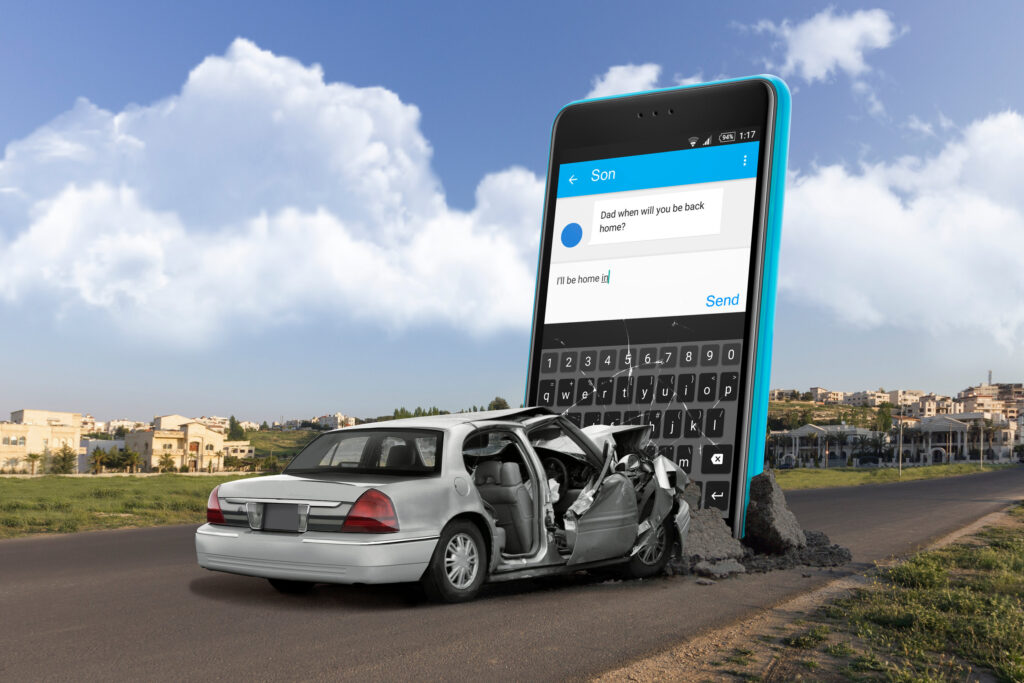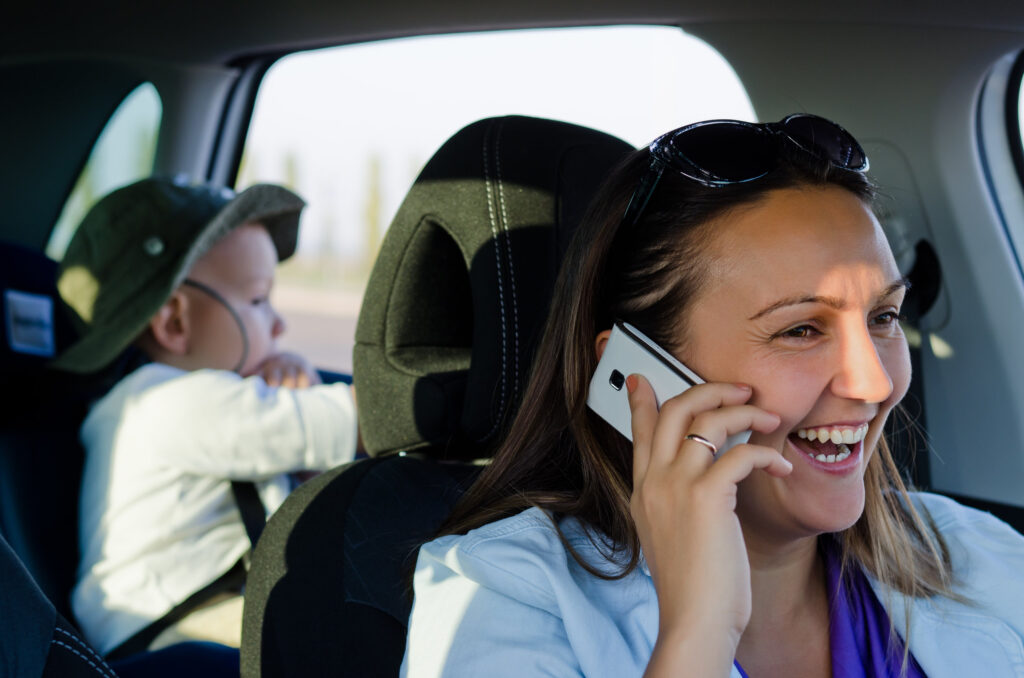
According to the NHTSA, 3,275 people were killed in 2023 by distracted driving accidents. With the safety of you, your family, and every other motorist on the road in mind, the attorneys at Lerner and Rowe offer the tips you need to save lives by doing your part to prevent these four types of distracted driving accidents.
Four Types of Distracted Driving
The Department of Transportation does an excellent job raising awareness about distracted driving, especially when it involves the use of cell phones. Unfortunately, this problem goes far beyond the simple act of texting while driving.
There are many other types of distractions that drivers should be aware of:
- Visual distractions take your eyes off of the road. Examples of these types of distractions include the driver looking at their phone, dashboard, a GPS device, or a passenger.
- Auditory distractions can come from arguing children, an anxious pet, demanding passengers, or the driver paying more attention to music to hear outside sounds.
- Manual distractions can happen when a driver takes their hands off the steering wheel to fiddle with audio or climate controls, reach under their seat or into the backseat, try to apply makeup, or open a beverage can or snack bag.
- Cognitive distractions can remove a driver’s attention from the road if they begin to daydream, get sleepy, or are emotionally distraught.
Related topic: Do Android Auto and Apple CarPlay Increase Distracted Driving?
6 Step Guide to Avoid Distracted Driving for Adults and Teens

- Use your cell phone for emergency situations only.
While you’re driving, a cell phone should only be used for emergency purposes. Even then, it’s best to pull over safely to the right shoulder to make a call. - Social conversations on cell phones should not be carried on while driving.
Even though hands-free calls are not illegal in many jurisdictions, conversing with another person can take your attention away from the road, especially if you end up having an emotionally heated discussion. It could also cause you to miss important visual and audio cues needed to avoid a crash. - If you are drowsy, pull off the road.
Drowsiness increases the risk of a crash by nearly four times. In the latest NHTSA data, it was shown that as much as 1.6% of all accident fatalities happened because of a drowsy driver. If you feel tired, get off the road; don’t try to get home faster. - You should limit the number of passengers, as well as the level of activity inside the car.
Most states with graduated driver licensing laws prohibit teens from having teenage passengers in the car with them during their early months of driving solo. Driving with friends can create a dangerous driving environment, especially when novice drivers are focused on their friends rather than on the road. - Avoid eating while driving.
Finishing your breakfast on the way to work or school may seem like a time-saver, but it means you are less attentive to the drivers around you. Food spills are a major cause of distraction and can lead to an accident. - Do your multitasking outside the car.
Anyone that spends a lot of time in their vehicles may feel like their daily commutes are the perfect time to call friends, schedule appointments, and maybe even send a voice text in reply to a message. Don’t do it. Focus on the road and the drivers around you. Get everything settled before you start driving.
Related topic: Is Texting and Driving Illegal in Las Vegas?
Contact a Personal Injury Attorney After a Distracted Driving Accident
Injured by a distracted driver? Lerner and Rowe Injury Attorneys represent clients in personal injury and accident cases in California, Nevada, Arizona, New Mexico, Tennessee, Illinois, and Indiana. Those seeking legal assistance may contact them by calling to schedule an initial free case evaluation.
Our office hours range from 8:00 a.m. to 5:00 p.m. Monday through Friday, and we also answer our phones at (844) 977-1900 24/7. You can reach us through our online form or our LiveChat service.



